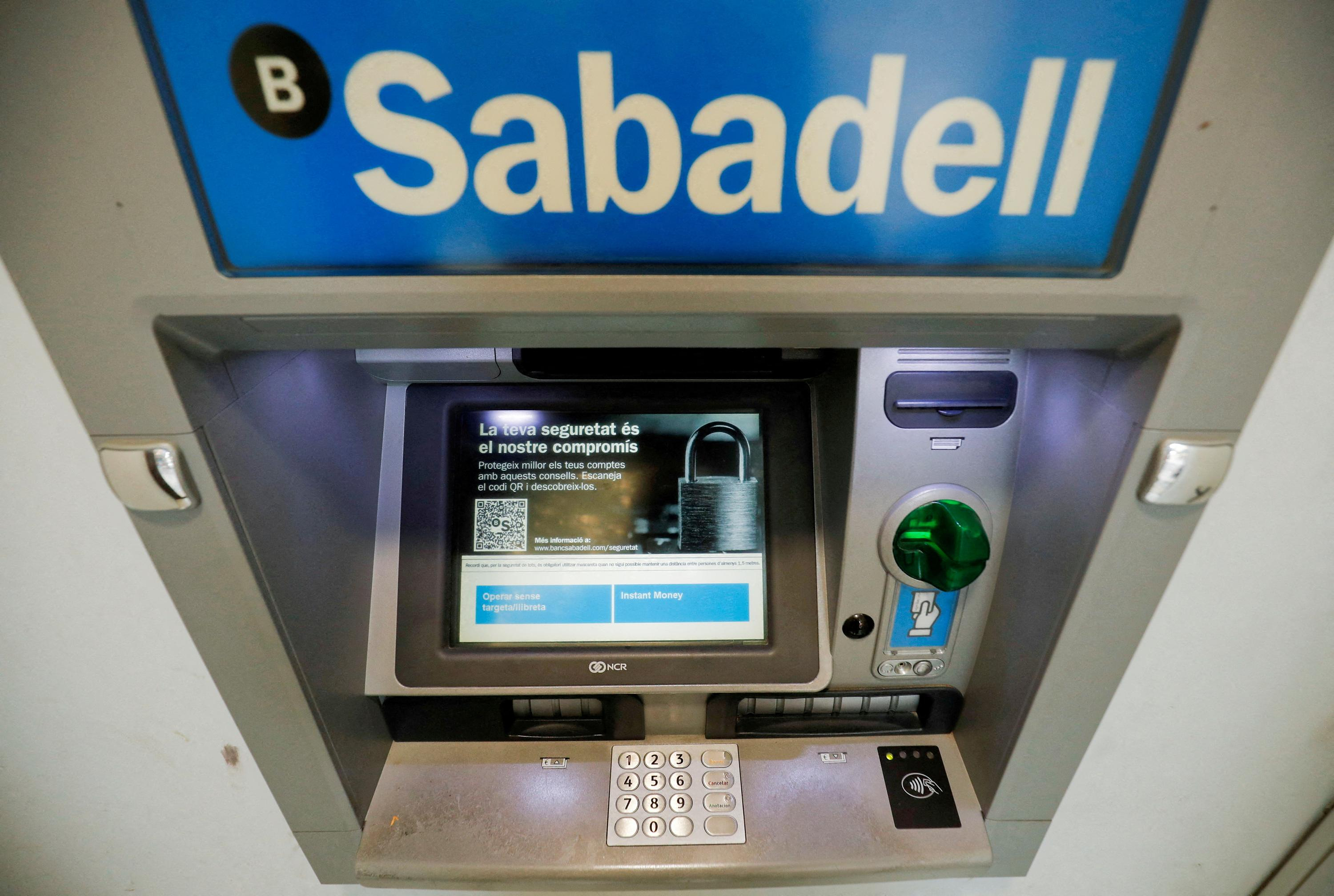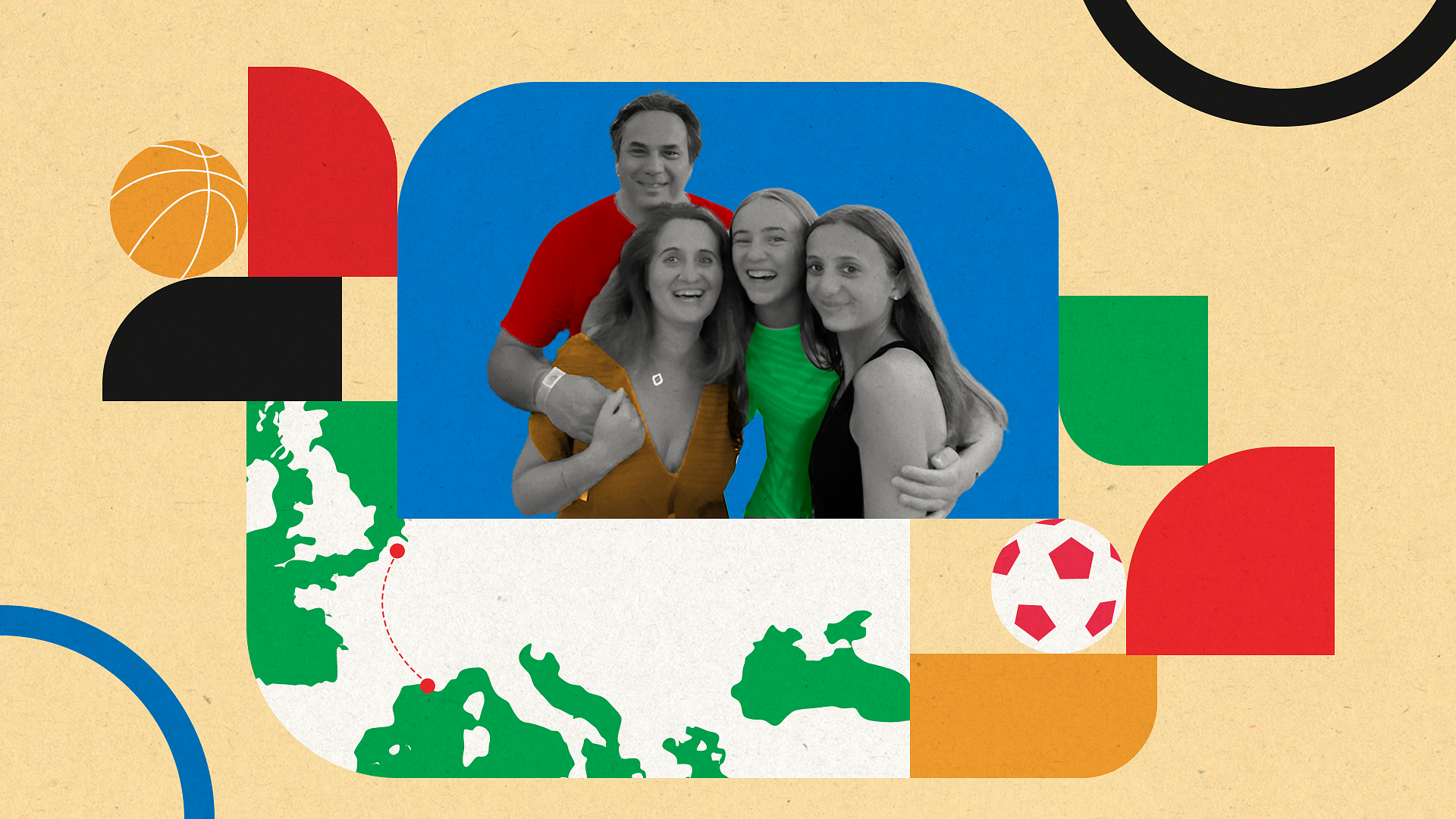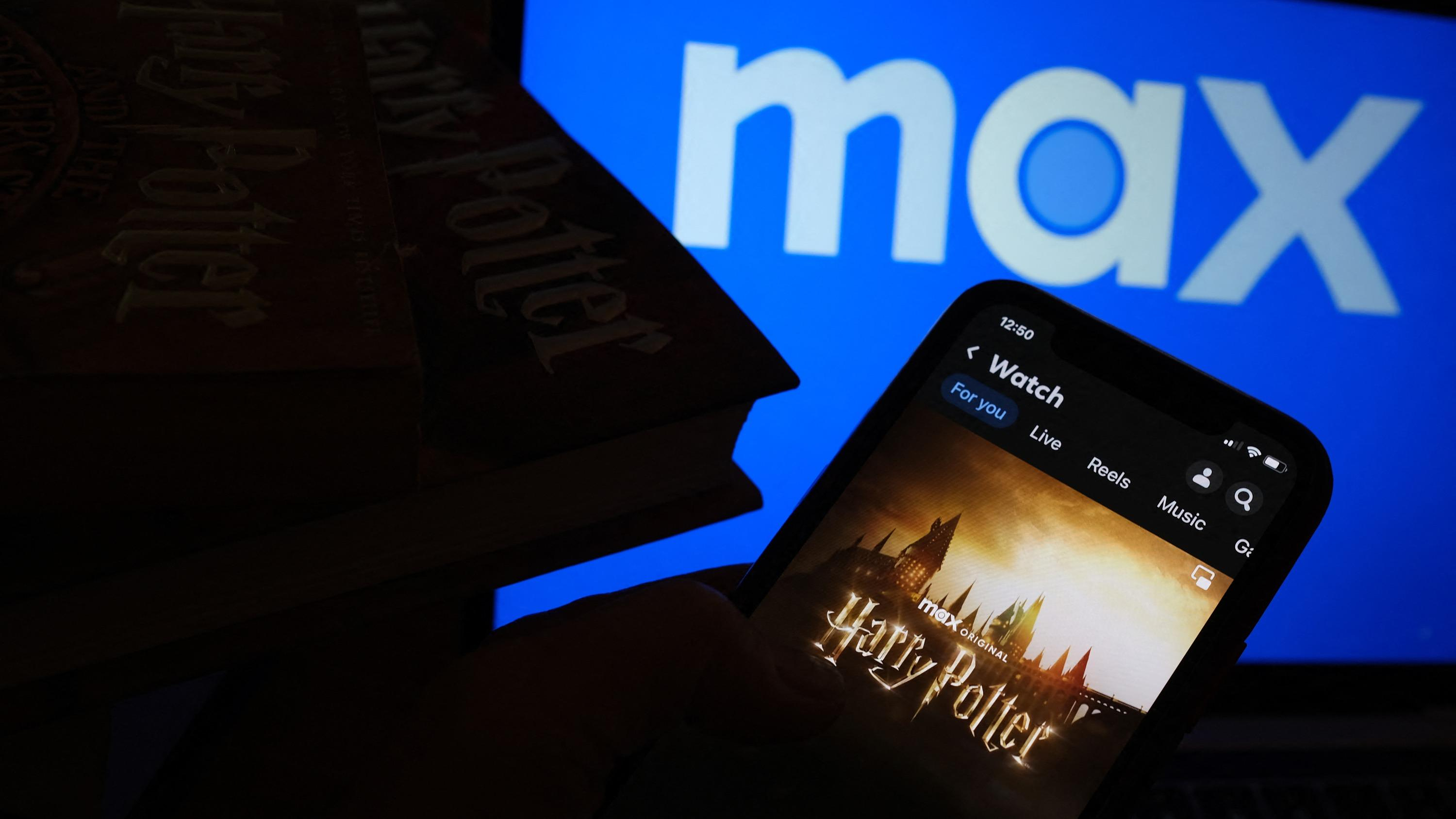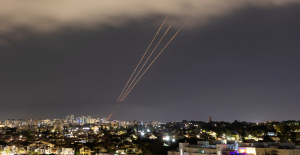Is the bronze head of Roman Emperor Septimius Severus (145-211), on display at Copenhagen's Ny Carlsberg Glyptotek for over 50 years, the missing piece of a statue that has just been returned to Turkey? ? For the Danes, nothing is less certain. After spending decades in the Metropolitan Museum in New York, on deposit with a private American collection, an acephalous statue of the Roman emperor was returned to Turkey earlier this year. The Turkish authorities do not intend to stop there and are now turning their attention to the Roman head kept in Denmark.
For Turkish specialists, the origin of the head is indisputable. They are based in particular on the work of the archaeologist Jale Inan, who had carried out measurements on the two parts. “The bronze comes from Boubon, Turkey. And like all objects originating from Turkey, we ask for its return”, indicates the Turkish charge d'affaires in Denmark, Mehmet Bulut. Turkey also relies on the expertise of a former curator of the Ny Carlsberg Glyptotek who, in 1979, had also estimated that the head, acquired in 1970 without information on its exact provenance, corresponded to a decapitated statue from the collection. American private. The two parts had been brought together for an exhibition.
A discussion between Turkey and Glyptotek has now been initiated. “The procedure is initiated. We have expressed our request but it takes time,” says Mehmet Bulut. If he is not opposed to a restitution, the director of the collections of the Glyptotek Rune Frederiksen nevertheless considers "necessary to carry out in-depth research".
“We have to find fractures on our head that correspond exactly to the fractures of the torso of the statue, tempers Rune Frederiksen to AFP, attenuating the scope of the exhibition given fifty years ago. The head was fixed to the torso in the sense that a pole was introduced into the neck (...) and fixed to the torso in such a way that the two fragments approach each other”. An assembly that would not have been conclusive.
"I'm not saying they don't go together. I am simply saying that we are not as sure as we were perhaps 25 or 30 years ago when we wrote the catalogues”, underlines the person in charge. The museum's current catalogs indeed claim that "nothing, in terms of composition or structure, prevented the head and the body from belonging to the same statue". On the other hand, the Danish curators agree to locate the origin of the Danish bronze, which they effectively locate in Boubon, a Roman site in Asia-minor in the historical region of Lycia, on the current Mediterranean coast of Turkey.
For archaeologist Guillaume Biard, lecturer at Aix-Marseille University, however, there is no definitive documentary evidence to formally identify the origin of the head. On the other hand, "the torso once exhibited at the Metropolitan Museum in New York and returned to Turkey comes from the Sebasteion - that is to say the temple of the imperial cult - of Boubon", he explains.
Bringing together fragments is a primary mission for historians and museums. “It is obviously important to be able to recompose the ancient statues; most of those that have come down to us are bodiless heads or headless bodies,” explains Emmanuelle Rosso, professor of art history and archeology at Paris IV Sorbonne University. Some heads have disappeared over time while statues have been decapitated, sometimes during revolts or later by looters eager to sell two items rather than one.
"Complete statues are very rare, and this is even more true in the case of bronze statues", notes Emmanuelle Rosso. However, "the more a sculpted work is complete, the more the archaeologists and art historians have elements to place it in its context of production and original exhibition", abounds his colleague Guillaume Biard.
However, it does happen that members are reunited with the wrong busts. “In Roman times, the sculpture of the emperor was used as part of political propaganda and when a new emperor arrived, instead of changing all the statues, sometimes it was more effective and less expensive to change the head “, details Rune Frederiksen. According to Emmanuelle Rosso, the compatibility of the Turkish statue with the Danish head could be checked without moving them. "A 3D model produced by photogrammetry would suffice," she says. You still have to have a head for it.

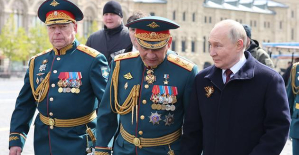 In Russia, Vladimir Putin stigmatizes “Western elites”
In Russia, Vladimir Putin stigmatizes “Western elites” Body warns BBVA that "the Government has the last word" in the takeover bid for Sabadell
Body warns BBVA that "the Government has the last word" in the takeover bid for Sabadell Finding yourself face to face with a man or a bear? The debate that shakes up social networks
Finding yourself face to face with a man or a bear? The debate that shakes up social networks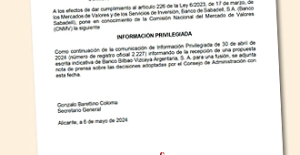 Sabadell rejects the merger with BBVA and will fight to remain alone
Sabadell rejects the merger with BBVA and will fight to remain alone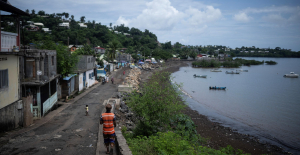 Fatal case of cholera in Mayotte: the epidemic is “contained”, assures the government
Fatal case of cholera in Mayotte: the epidemic is “contained”, assures the government The presence of blood in the urine, a warning sign of bladder cancer
The presence of blood in the urine, a warning sign of bladder cancer A baby whose mother smoked during pregnancy will age more quickly
A baby whose mother smoked during pregnancy will age more quickly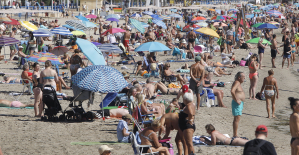 The euro zone economy grows in April at its best pace in almost a year but inflationary pressure increases
The euro zone economy grows in April at its best pace in almost a year but inflationary pressure increases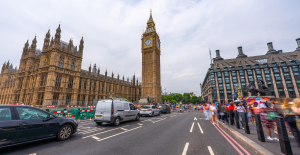 The United Kingdom is turning the page on recession
The United Kingdom is turning the page on recession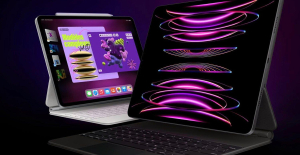 Apple alienates artists with the ad for its new iPad praising AI
Apple alienates artists with the ad for its new iPad praising AI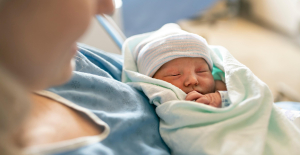 Duration, compensation, entry into force... Emmanuel Macron specifies the contours of future birth leave
Duration, compensation, entry into force... Emmanuel Macron specifies the contours of future birth leave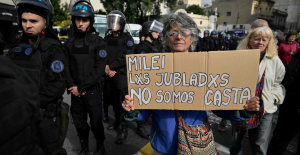 Argentina: the street once again raises its voice against President Javier Milei
Argentina: the street once again raises its voice against President Javier Milei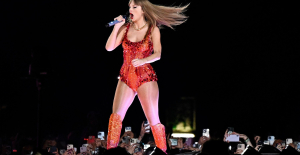 Taylor Swift in Paris: a paradoxical triumph
Taylor Swift in Paris: a paradoxical triumph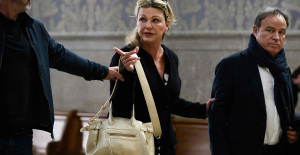 Jeane Manson released from hospital Friday after heart attack
Jeane Manson released from hospital Friday after heart attack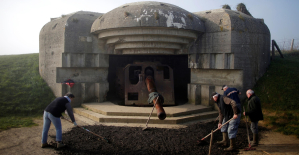 In Normandy, frescoes and bunkers from 1939-1945 come back to life in bars, lodges and exhibitions
In Normandy, frescoes and bunkers from 1939-1945 come back to life in bars, lodges and exhibitions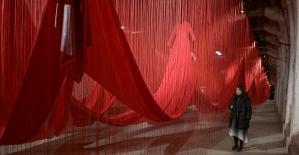 In an Austrian concentration camp, the ghosts of the deportees summoned by Chiharu Shiota
In an Austrian concentration camp, the ghosts of the deportees summoned by Chiharu Shiota Omoda 7, another Chinese car that could be manufactured in Spain
Omoda 7, another Chinese car that could be manufactured in Spain BYD chooses CA Auto Bank as financial partner in Spain
BYD chooses CA Auto Bank as financial partner in Spain Tesla and Baidu sign key agreement to boost development of autonomous driving
Tesla and Baidu sign key agreement to boost development of autonomous driving Skoda Kodiaq 2024: a 'beast' plug-in hybrid SUV
Skoda Kodiaq 2024: a 'beast' plug-in hybrid SUV The home mortgage firm rises 3.8% in February and the average interest moderates to 3.33%
The home mortgage firm rises 3.8% in February and the average interest moderates to 3.33% This is how housing prices have changed in Spain in the last decade
This is how housing prices have changed in Spain in the last decade The home mortgage firm drops 10% in January and interest soars to 3.46%
The home mortgage firm drops 10% in January and interest soars to 3.46% The jewel of the Rocío de Nagüeles urbanization: a dream villa in Marbella
The jewel of the Rocío de Nagüeles urbanization: a dream villa in Marbella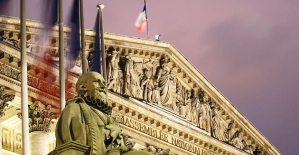 Diving into the secrets of the National Assembly
Diving into the secrets of the National Assembly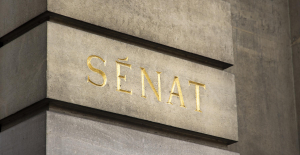 Institutions: senators want to restore the accumulation of mandates and put an end to the automatic presence of ex-presidents on the Constitutional Council
Institutions: senators want to restore the accumulation of mandates and put an end to the automatic presence of ex-presidents on the Constitutional Council Europeans: David Lisnard expresses his “essential and vital” support for François-Xavier Bellamy
Europeans: David Lisnard expresses his “essential and vital” support for François-Xavier Bellamy Facing Jordan Bardella, the popularity match turns to Gabriel Attal’s advantage
Facing Jordan Bardella, the popularity match turns to Gabriel Attal’s advantage These French cities that will boycott the World Cup in Qatar
These French cities that will boycott the World Cup in Qatar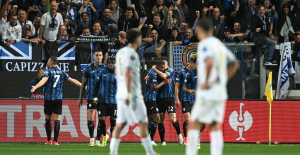 Atalanta-OM: the summary of the Olympian debacle in video
Atalanta-OM: the summary of the Olympian debacle in video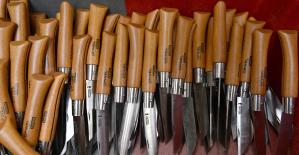 Paris 2024 Olympics: were knives available for purchase on the Marseille Olympic site?
Paris 2024 Olympics: were knives available for purchase on the Marseille Olympic site? Atalanta-OM: eliminated in the semi-final of the Europa League, Joaquin Correa will no longer be an Olympian next season
Atalanta-OM: eliminated in the semi-final of the Europa League, Joaquin Correa will no longer be an Olympian next season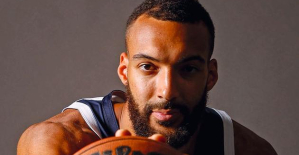 Rudy Gobert, in the NBA and with the Blues, much more than a bad boy
Rudy Gobert, in the NBA and with the Blues, much more than a bad boy




